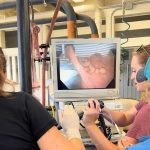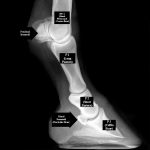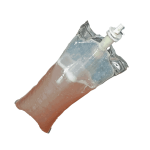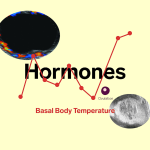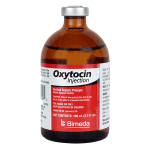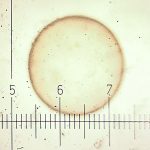ISER XIII “Snippets”
– Held in Brazil in August 2023, ISER XIII produced a variety of useful research with immediate clinical value, here we review some of the presentations
The thirteenth International Symposium on Equine Reproduction (ISER XIII) was held in Foz do Iguaçu, Brazil between July 10th–14th, 2023. Around 400 veterinarians, researchers and animal scientists were present, all leaders in the field of equine reproduction, and were able to listen to and review about 250 verbal or poster presentations with new research.

Three “Js” – Professor John Newcombe, Dr. Juan Cuervo-Arango, and our own Jos Mottershead
We were extremely fortunate in that our lead lecturer Jos Mottershead was invited to attend as a delegate. This has afforded us the opportunity to present new information to the breeding public – be they veterinarians in the field, lay breeders, or the many others for whom the information would be useful – via the website, our short courses and individual tuition, as well as the EquineRepro Facebook Group that we operate. In this latter media, we are presenting weekly posts with information which has immediate clinical value, and we are re-presenting those posts here on the website for our viewers as and when they are published in the Facebook Group.
Please check back as we add the reviews!
Is it True Altrenogest Has an Effect on Progesterone Production?
Pregnant and embryo recipient mares are often treated with supplemental progestins - commonly...
The Badly Behaved Gelding - Hormonally Driven or Not?
"That is a badly behaved gelding - he must be 'proud cut'" or "I bet they left some testicular tissue in...
Does Maternal Exposure to Blue Light Affect Foal Development at Maturity?
Because humans like to try and defy nature - January 1st being the "birthday" in...
Can Embryo Transfer Success Rates be Improved?
Embryo transfer success rates are recognized as having a variable outcome dependent upon technician technique as...
Dead Sperm Do Not Cause Greater Uterine Immune Response!
We know that sperm are the primary instigator for initiating the mare's post-breeding uterine inflammatory...
Diagnosis of Placentitis - Are Inflammatory Markers Useful?
Placentitis is - literally and practically - "inflammation of the placenta" ("itis" as a suffix...
Endometrial Biopsy in the Mare - is one sample enough?
An endometrial biopsy in the mare is a useful diagnostic to determine cellular health of the uterine lining...
Is it Possible to Cause Earlier Regression of the Endometrial Cups to Permit a Return to Breedable Estrus in the Mare?
Unique to the early equine pregnancy...
A New Method to Estimate Fetal Age in the Mare
Sometimes there arises a need to estimate fetal age in the mare, for which a breeding date perhaps is unknown. Several...
Frozen Semen for Standard IVF?
In September of 2022, Felix et al. (University of Pennsylvania, New Bolton) published a paper which detailed the use of fresh...
Does Routine Monitoring for EVA Make a Difference?
With the announcement this week of an outbreak of equine viral arteritis in PEI in Canada , a very reasonable...
Clean Culture and Cytology - Perhaps Not So Clean?
For many years, the standard pre-breeding evaluation included a uterine swab culture alone. It was then determined...
Ozonated Sunflower Oil for Endometritis Treatment
The overuse of antibiotics in medicine today - including equine reproduction - has led to searches for alternative...
Obese Mares Have More Problems Than We Thought!
It has been previously documented that obese mares have a higher tendency towards early embryonic death, particularly...
Improve Pregnancy Rates in Older Subfertile Mares!
How can one improve pregnancy rates in older subfertile mares? This category of mare is notorious for having...
Can Mare Temperature Changes Predict Ovulation?
Temperature changes to predict ovulation are used in multiple species, including humans. The question has been...
Oxytocin Use to Support Pregnancy Instead of Regumate (Altrenogest)?
It seems initially counter-intuitive to consider oxytocin use to support pregnancy instead...
Vitrification of Larger Embryos
Successful vitrification of larger embryos - those >300µm - has typically not been achieved previously without use of the comparatively ...









